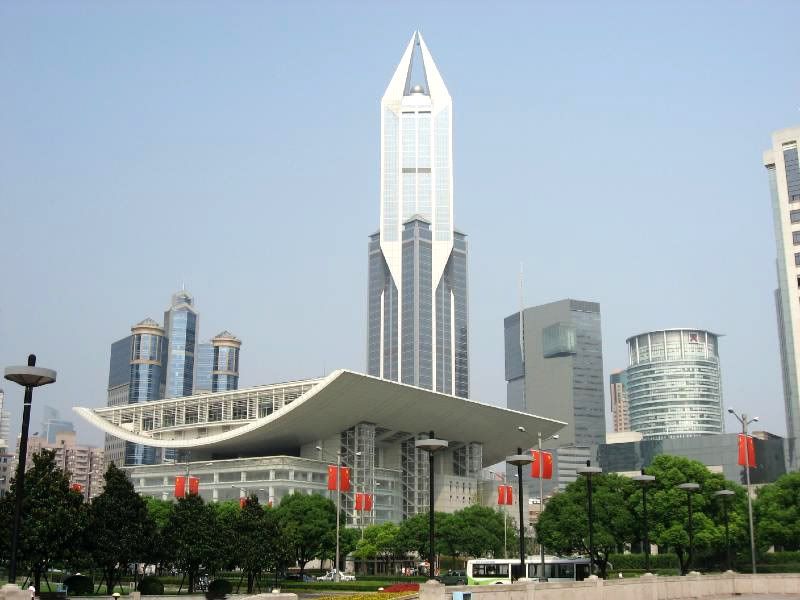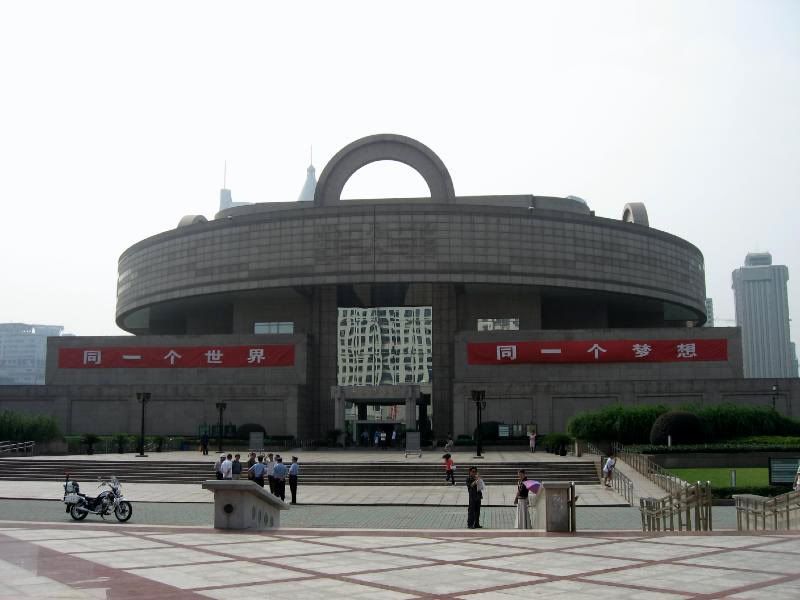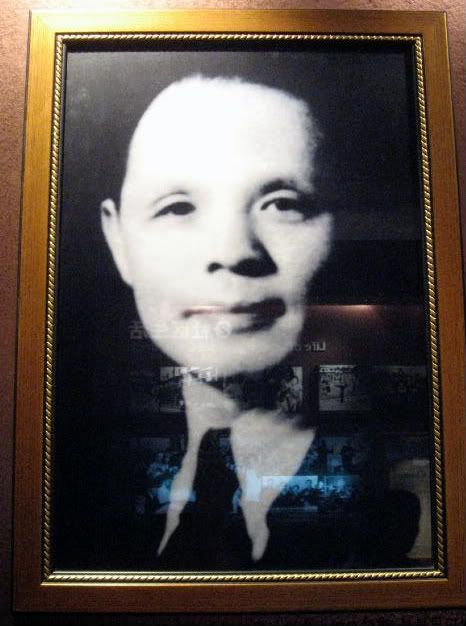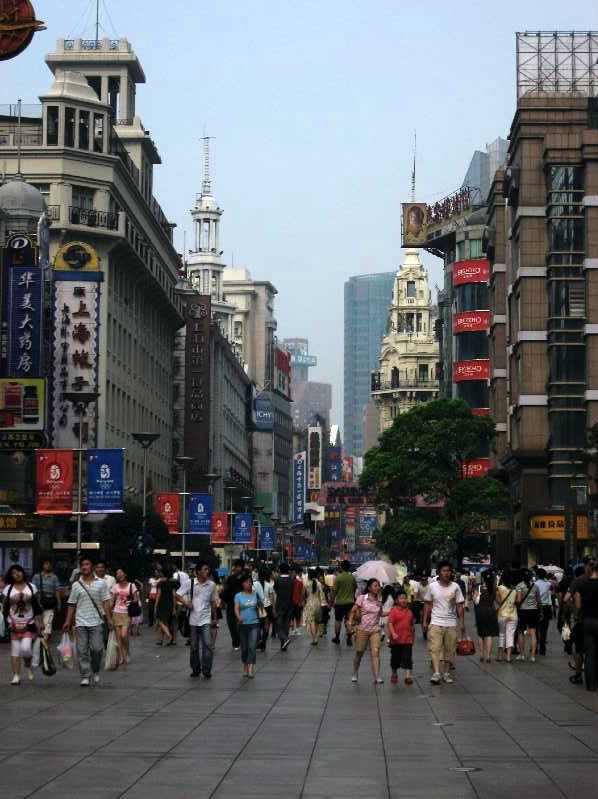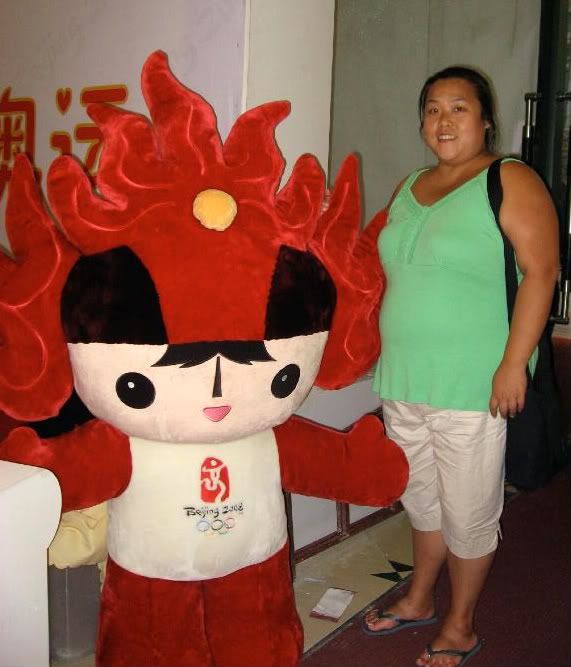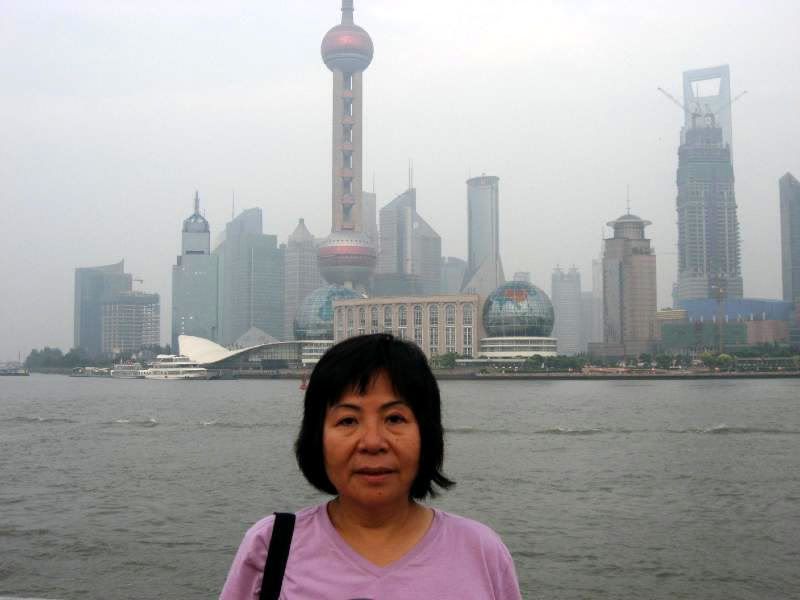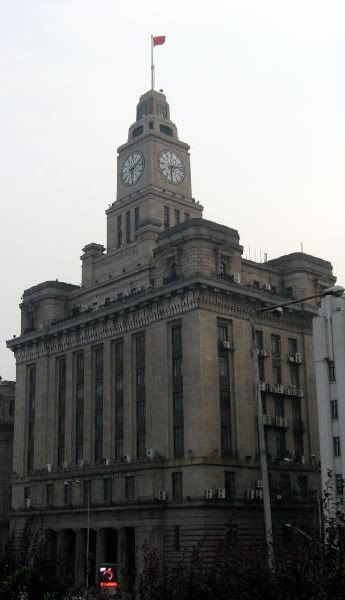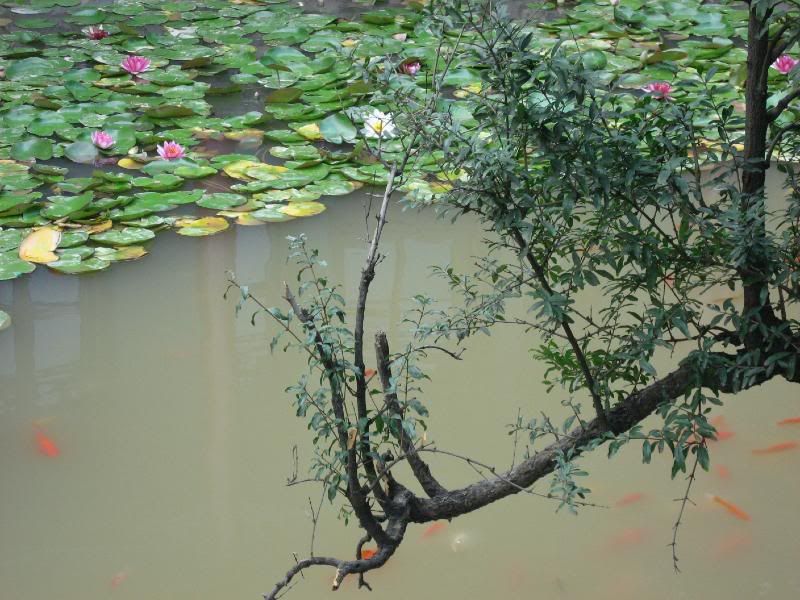Well to finish up my Silk Road study tour, we took a trip to Hangzhou, which is about 2.5 hours south of Shanghai. Hangzhou is also a major city on the maritime Silk Road. The purpose of visiting Hangzhou was to learn how silk and tea are made. Silk and tea were major exports on the Silk Road, silk to a lesser extent and tea to a greater extent. It was really interesting to learn that Hangzhou was the most expensive city in China, largely because of its huge tea industry. The standard of living is higher, which is highly evident when you see where and how people live in the city. Are there still people that are living below the poverty level? Yes, but they are fewer and far between compared to the other major cities in China. Just as silk and tea brought great wealth to China along the Silk Road centuries ago, it continues to bring the same success, if not more, to China today. Hangzhou is a beautiful city with picturesque views of the mountains and water. It is considered to have the best feng shui in all of China, which is why many people believe Hangzhou has been so prosperous throughout China's history.
The Beauty of Hangzhou

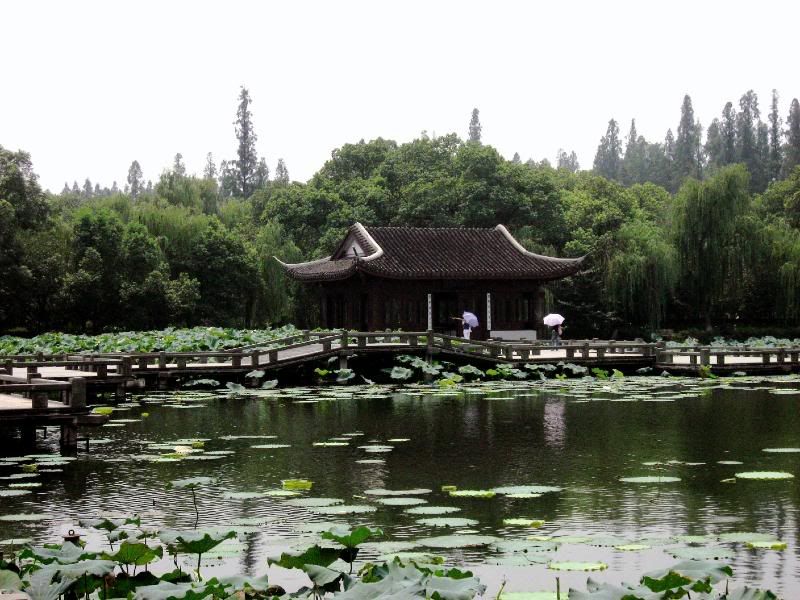
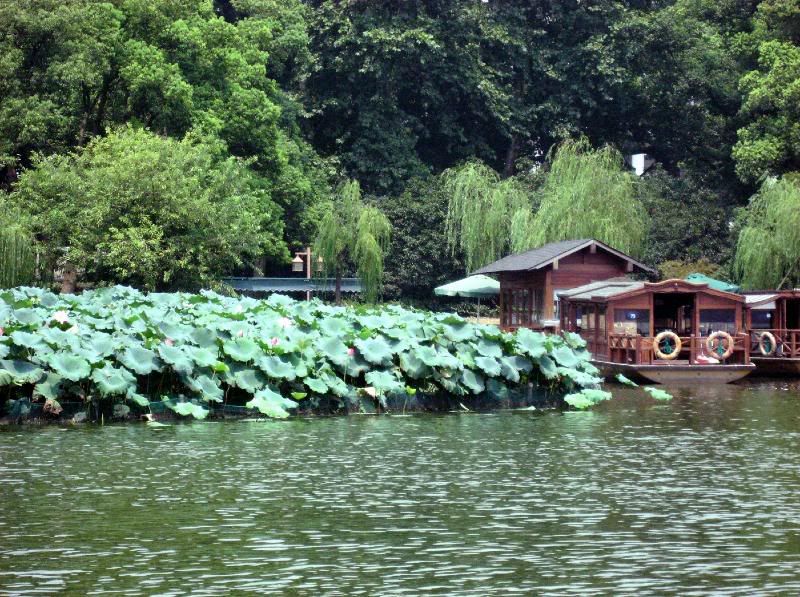



The machine used to turn the cocoon into silk thread.

A woman breaking down the cocoon to prep for the silk process.

A Tea Farm in Hangzhou

The Beauty of Lingying Temple in Hangzhou





Stalking the Monks

I have been to Shanghai three times, including this trip, and it never ceases to amaze me! I love Shanghai! Now, the previous times I have been in Shanghai, I have never seen the Bund at night. The lights are spectacular, but it is a bit tricky to see because of the pollution and the temperature. China doesn't have a strong enough power grid to support the nation's electrical supply, especially during the summer, so the government is extremely conservative about the use of electricity during the summer. So the government has a specific rule for the Bund lights during the summer. If the temperature is above 38 degrees celsius (roughly the high 90s), the Bund lights are not turned on. The temperature has to be below 38 degrees celsius for the Bund lights to be turned on. The previous times, I wasn't so lucky to catch the lights because it was so hot. I remember going up to the rooftop of the Peace Hotel for drinks and the Bund was pitch black - it was so disappointing. This time the Peace Hotel was closed for renovations, but I got to see the Bund lights - even if it was crowded with masses of people. It was so beautiful! The perfect end to an awesome summer, and the perfect way to say goodbye to Shanghai!
Shanghai Nights on the Bund
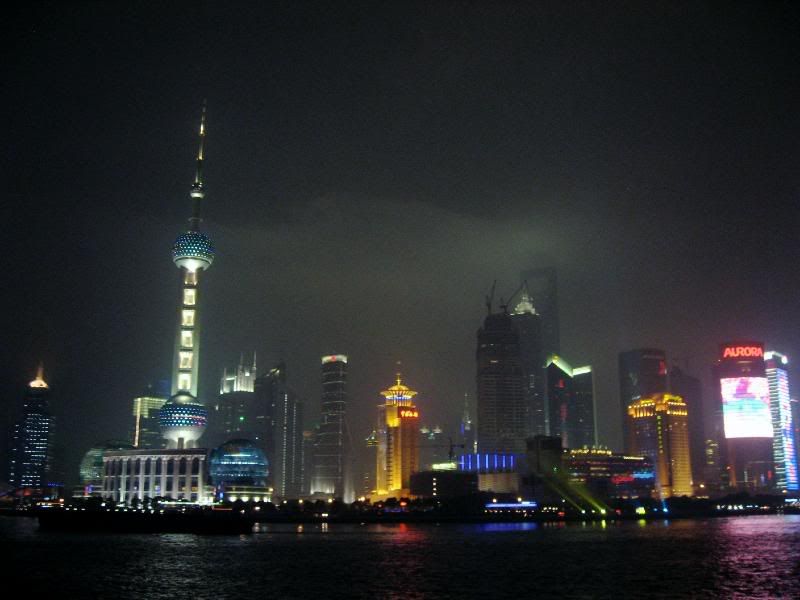

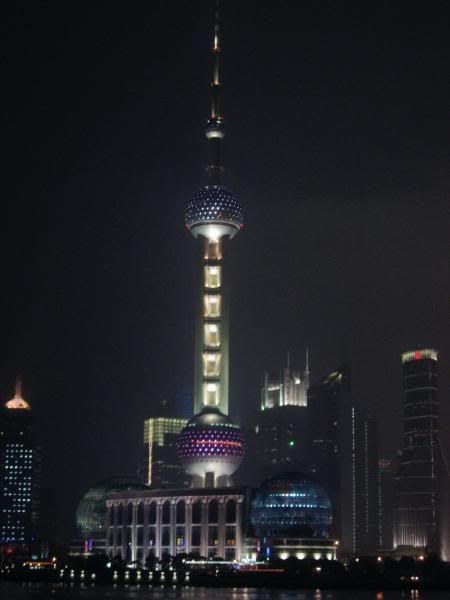

Thank you all for reading my blog and following me along the Silk Road! Hugs and Kisses!

